In a great stroke of luck, some very generous friends took me to see Broadway’s juggernaut Hamilton this past Saturday night. Hamilton fever has been raging for quite some time in NYC, and the show is completely sold out for the foreseeable future. The show’s website kindly explains that there is absolutely no way to purchase tickets, it can only suggest the daily lottery. After failing at the lottery on and off for months, I figured I was just going to miss the boat on this one. So, when I got the serendipitous offer to actually go I wondered if the show would be able to deliver on all its hype and exclusivity. In short, it’s terrific.
From the opening number—a tight, energetic ensemble piece which deftly covers lots of expository ground, introduces the cast, and summarily presents the main conflicts in Alexander Hamilton’s life—to Eliza Hamilton’s quiet, grief-stricken denouement, I knew I was watching the work of a master. That would be Lin-Manuel Miranda, who conceived of the musical, wrote the book and lyrics, composed the music, and also plays the title role. I never saw In the Heights, his earlier Broadway hit, but I have been intrigued every time I have run across other facets of his talent: his impassioned NY Times op-ed about Puerto Rican poverty, his heartfelt Kennedy Center Honors tribute to Rita Moreno, his impressive free-style rapping on the late night talk circuit, and his bouncy music for the latest Star Wars’ revamped cantina scene.
Miranda’s influences in Hamilton are myriad, yet the synthesis of his disparate ideas and genres is seamless. Hamilton recasts the founding fathers as swaggering minorities engaged in epic, policy-focused rap battles. But then the music also ranges to almost calypso at times, with smooth R&B accents for Aaron Burr and sappy Brit-pop for the whiny King George. But even with all these competing ideas and energies, the show reminded me most of a completely different work in a completely different genre: the
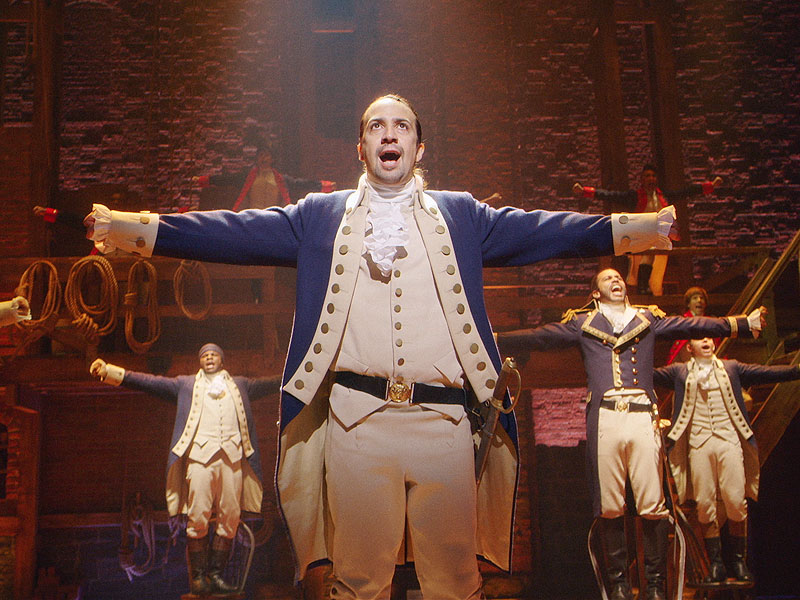
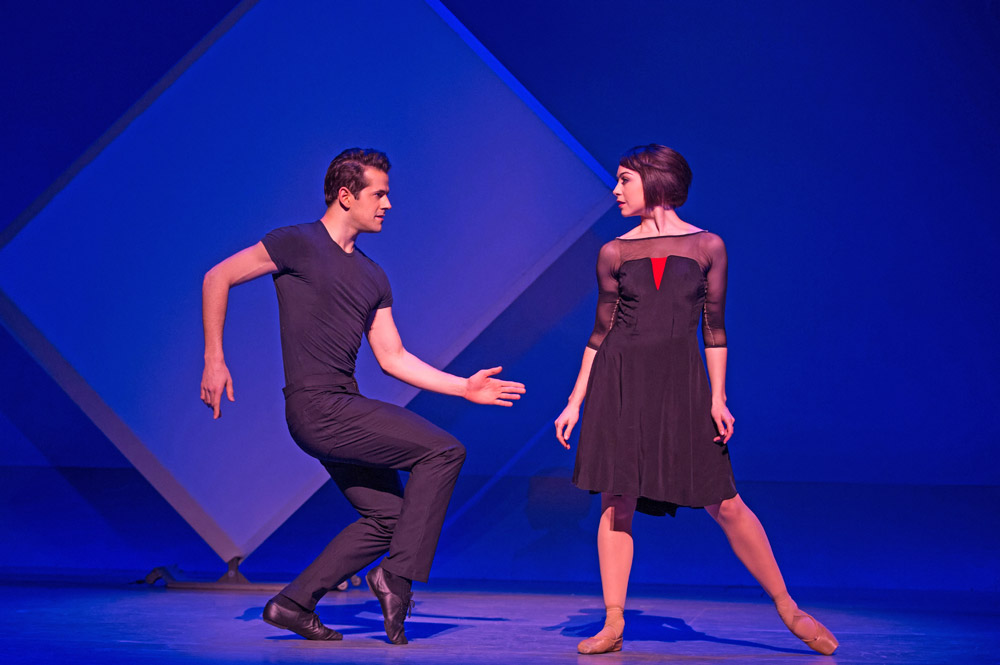
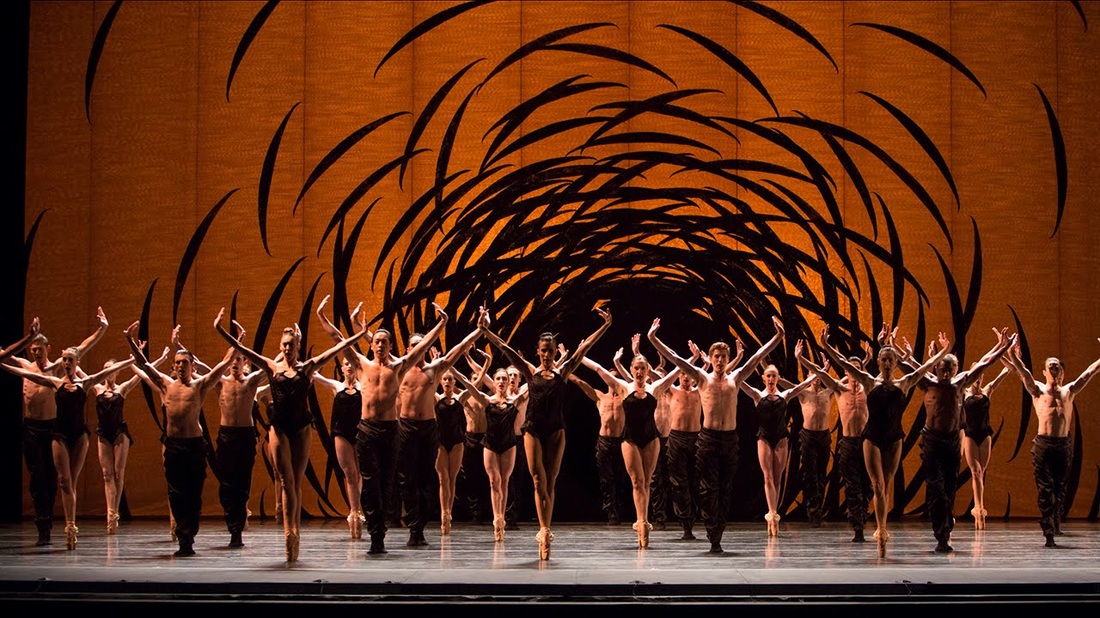

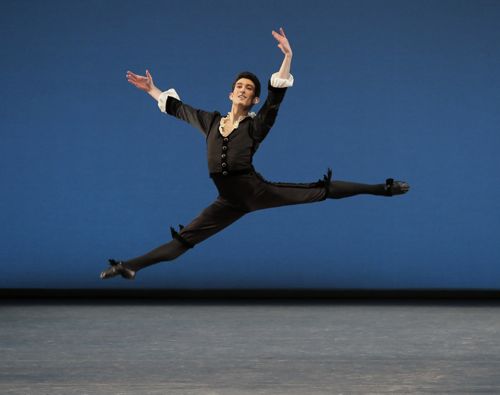
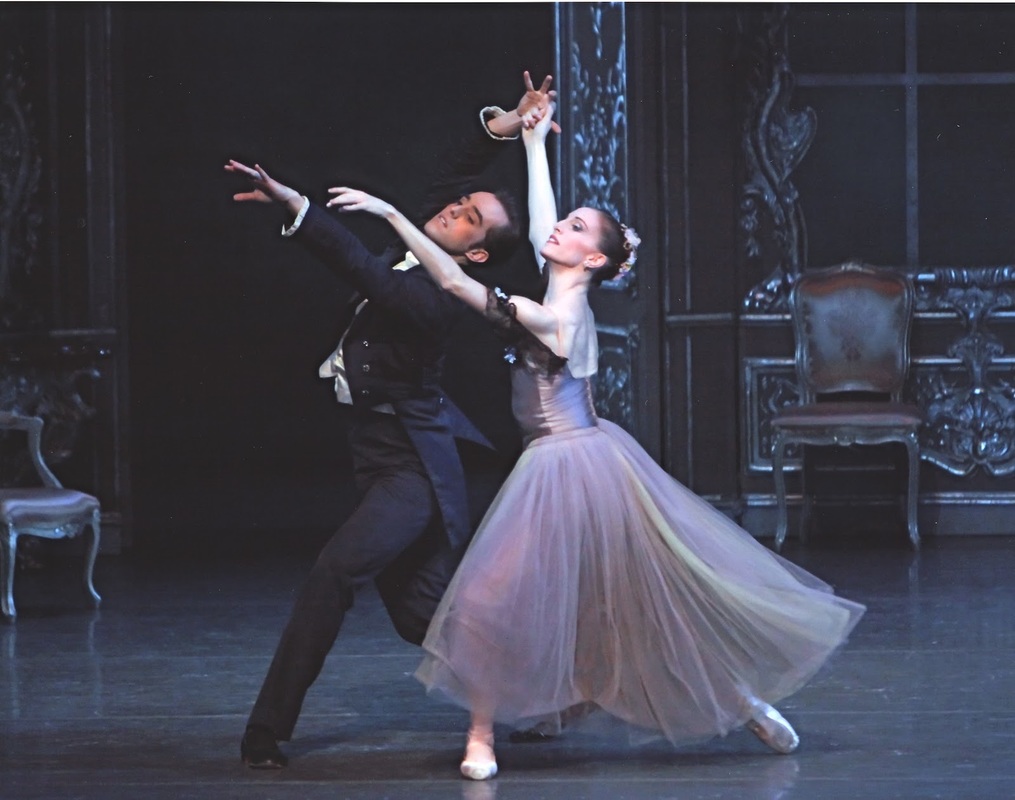
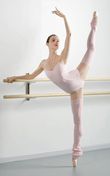
 RSS Feed
RSS Feed